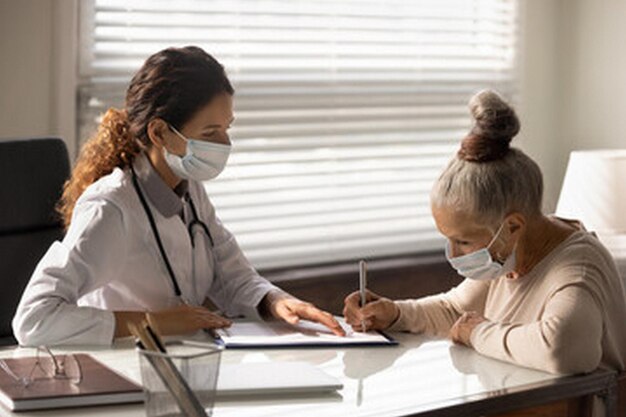What Skin Checkups Does Medicare Cover? Here’s What You Should Know
Taking care of your skin is not merely about aesthetics; it's an integral part of your overall health. Regular skin checkups can help detect skin cancer and other conditions early. If you're relying on Medicare, you're likely wondering what kind of skin checkups are covered under this federal health insurance program. Here's a concise yet thorough overview to get you informed.
Understanding Medicare Coverage for Skin Checkups
Medicare Part B is the aspect of Medicare that covers outpatient services, including medically necessary visits to a dermatologist. But when it comes to skin checkups, it's crucial to distinguish between what Medicare considers medically necessary and what it does not.
- Medically Necessary Visits: Medicare Part B will cover visits to a dermatologist if they are deemed medically necessary by a healthcare provider. This includes situations where you have existing skin conditions or symptoms that need evaluation, such as suspicious moles, rashes, or lesions.
- Preventive Screenings: Unlike some private insurance plans, Medicare does not currently cover routine "whole-body" skin checks as a preventive measure for patients who are not already symptomatic. However, if during another type of preventive visit (like a routine checkup) your doctor notices an area of concern, a referral to a dermatologist would likely be covered.
Eligibility and Costs
When visiting a dermatologist under Medicare Part B, the costs typically fall under the standard terms:
- 20% of the Medicare-approved amount for services, after meeting your Part B deductible.
- Check if your dermatologist accepts Medicare assignment to avoid additional costs.
Why Regular Skin Checkups Matter
Skin cancer is the most common form of cancer in the United States. Early detection through regular skin examinations can make a significant difference in treatment success. If you're noticing new or changing spots on your skin, especially if they're asymmetrical, have irregular borders, or change color, it's crucial to see a healthcare provider.
Financial Assistance Beyond Medicare
Navigating healthcare costs can be challenging, but several resources can help ease the financial burden associated with necessary medical checkups:
- State Health Assistance Programs: Many states offer additional aid to help with medical expenses through Medicaid expansions or state-specific health programs.
- Patient Assistance Programs: Some non-profits and pharmaceutical companies provide financial assistance for people needing resources for specific medications or treatments.
- Supplemental Insurance: Consider private Medigap plans that can cover additional costs not covered by Medicare.
Exploring Broader Financial and Educational Opportunities
Medical expenses are just one part of the equation when it comes to financial security. If you're exploring broader financial support options, here's a quick guide to useful resources:
- 💰 Low-Income Subsidy Programs: Assist with covering prescription drug costs.
- 📚 Educational Grants: For those considering returning to school, various federal and state grants can provide financial aid for educational pursuits.
- 💳 Credit Card Relief Solutions: If medical debts have impacted your credit, review credit card relief programs that can help manage or reduce outstanding debt.
- 🌾 Government Aid for Living Expenses: Programs like SNAP or utility assistance can help relieve everyday costs, freeing up resources for healthcare needs.
By understanding your Medicare benefits and exploring additional support resources, you can better navigate the complexities of healthcare costs and maintain your financial stability. Taking a proactive approach to both health and finances will ensure you’re prepared for both routine and unexpected medical needs.

Related Topics
- a Medical Provider That Accepts Medicare Assignment Must
- a Medical Provider That Accepts Medicare Assignment Must Quizlet
- a Medicare Patient Received Treatment That Isn't Covered By Medicare
- a Medicare Patient Receives Treatment That Isn't Covered By Medicare
- a Medicare Supplement Basic Benefit Is Quizlet
- a Medicare Supplement Companies
- a Medicare Supplement Policy Is Quizlet
- a Medicare Supplement Policy Must Not Contain Benefits Which
- a Patient Received Treatment In August Medicare
- Am I Eligible For Medicare